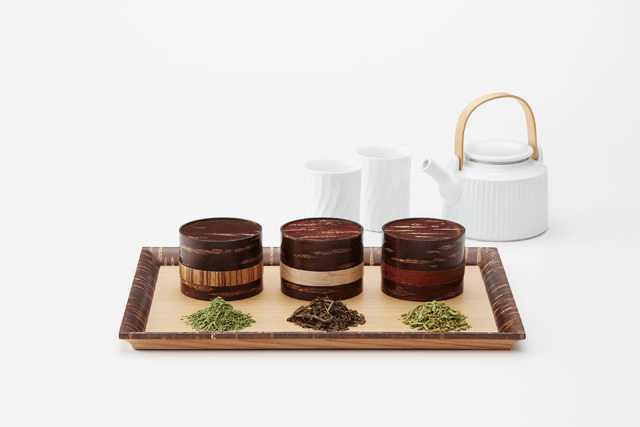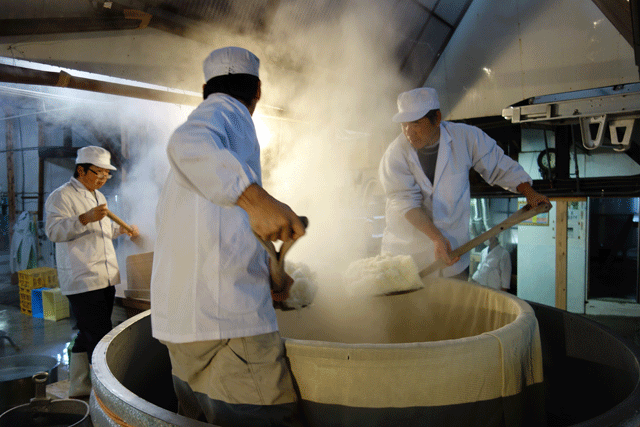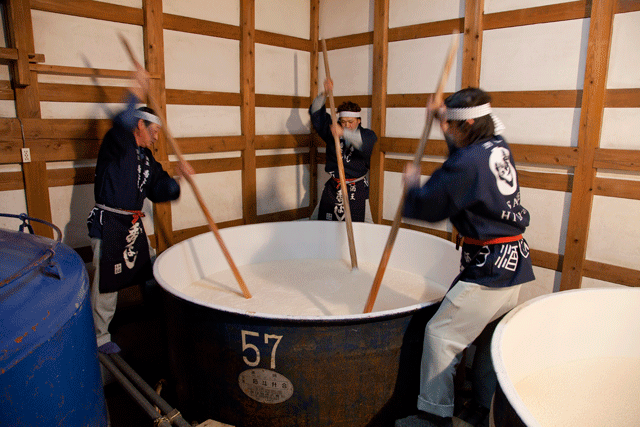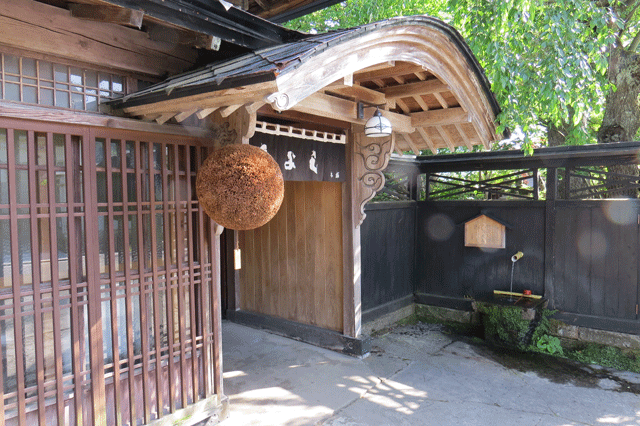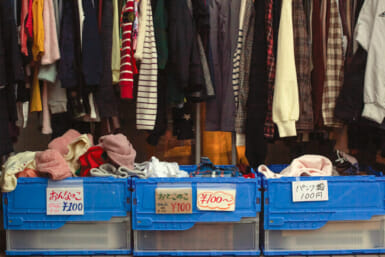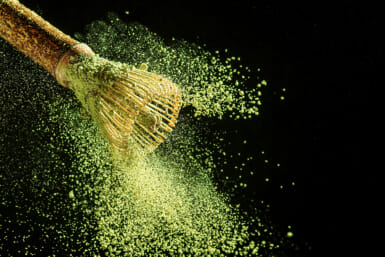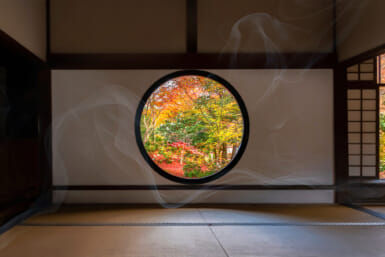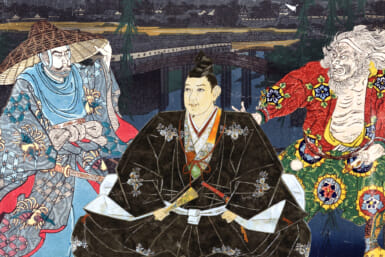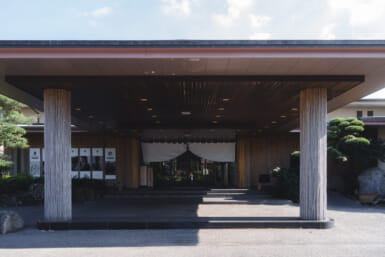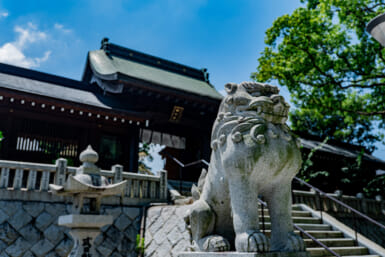A vast variety of traditional hand-crafted, bespoke products have been lovingly made for many generations by the people of Japan’s Tohoku region.
No more obvious is this than in Akita Prefecture, where the abundance of natural resources helps inspire this creativity: the forests that cover the hills, mountains, and flatlands are rich in lumber of all kinds, while the fertile plains produce some of the finest rice in the country. Although the winters of this northern prefecture are harsh, they are an ideal time for practicing handicrafts, and the folk of this proud prefecture have honed their craftmaking to a professional edge. One might say that this region is a unique artisanal mecca.
Akita’s heritage of arts and crafts not only extends across a variety of genres like textiles, woodwork, ceramics and painting, but it also encompasses the traditional practice of sake brewing, which is most definitely an art form in and of itself. (The results of this artistry are flavorful, and make for warm sustenance during the long Tohoku winters…) This collective love of creativity is given most colorful life in the prefecture’s many vibrant festivals, which range from brilliant fireworks competitions and celebrations of snow to grand processions of historical floats and good-spirited battles between villagers.
So whether you’re interested in kaba-zaiku (crafts made using the bark of the mountain cherry tree), kokeshi (traditional wooden dolls originally made as children’s toys), itaya-zaiku (crafts made using strips from the trunks of young Itaya maple trees) or some of the most unique sake in the country, Akita could be the place for you. We’ve taken a look at a few of our favorite Akita products and the companies behind them, to bring you even closer to the ingenious spirit of these hearty people.
Kazuki by Tomioka Shoten
The town of Kakunodate in Akita is known for its black-walled residences, which used to be the home of prominent samurai. It is also known for the rows and rows of wild cherry trees, or yamazakura, that line its streets. It is the bark of these trees, and others that grow in the region, that is used for a handicraft that has been practiced in Akita for more than 230 years: kaba-zaiku. At Tomioka Shoten, the time-honored tradition is blended with modern aesthetics to create homeware that is both beautiful and functional.
Tea Caddy—Band
Akita’s wild cherry bark has been appreciated for many centuries for its beautiful texture and the unique craft techniques that it inspires—there are few materials quite as rare and vibrant.
It’s especially known for tea caddies, for which its innate properties match its function perfectly: it naturally prevents contents from becoming too dry or too damp. A bold, colorful band updates the look, adding a modern spin to a classic craft, for timeless appeal.
Tea Caddy—Join
These elegant, artful, stackable tea caddies are made with wild cherry bark, with magnets hidden inside both the top and the bottom of each caddy for stability. Each tiny caddy can hold up to 100g of tea leaves. Eight unique borders offer a stunning contrast to the kaba bodies in order to suit distinct tastes. Store different tea leaf varieties in each caddy, made of uniquely different materials and colors, and enjoy your tea according to your daily moods and whims.
Coffee Bean Caddy—Bird’s Eye
This sweet, soft-toned canister is made of a graceful grain material called “Bird’s Eye Maple,” complemented with chic patterns and colors. A true rarity, only 1 out of 2,000 maple trees have this striking beaded grain, which makes for a smooth and elegant surface.
Perfect for coffee beans or tea leaves, this jar holds up to 200g. Each jar is coated with a moisture-proof, anti-drying and anti-bacterial finish, to preserve your precious coffee or tea collection, keeping it fresh and full-flavored.
http://tomioka-shoten.co.jp/en/
Hinomaru Brewery
Not everyone enjoys long, harsh, snowy winters, but the Hinomaru Jozo Sake Brewery does. In the height of the winter season, Hinomaru Jozo’s touji (sake master) Ryoji Takahashi can be found with his hands buried deep in cold, mashed rice, preparing it for fermentation.
Like many older breweries and distilleries, Hinomaru Jozo follows traditions that date back to when it was first founded almost 330 years ago, in 1689. Something the Hinomaru Brewery is proud of is the usage of the “rising sun” imagery, 200 years prior to its official association with the Japanese flag and government. The logo and name were created by the feudal leader of the region at the time: Lord Satake.
But there is more to a distillery than a name and a logo. Their motto, coupling “quality first” with “challenging spirit,” reflects the rigorous process involved in concocting the perfect sake mix. Still to this day, everything is done by hand: the rice growing, harvesting, mashing, steaming, transferring, and bottling. One of the key elements that helps Hinomaru’s sake stand out is the usage of small, 1.8-liter bottles to store and age the sake, as opposed to more common practice of storing and aging sake in massive, 500 to 1000–liter barrels at other breweries. There is no better example of Hinomaru’s quality nihonshu than the Mansakuno Hana brand: named for the mansakuno flower and created to commemorate a popular NHK TV drama that was set in Akita, it can be found at restaurants around the world. An even more refined variety of this sake is the Mansakuno Hana Daiginjo, whose beautiful pale gold color matches its fruity aroma—like that of apples or pears.
The Akita snow is a crucial indirect ingredient: keeping the building cold and frosty creates a specific flavor and texture known only to Hinomaru’s brand-name sake. A crisp, sweet, fruity winter taste dominates their flavor profiles, and complements the famous sour pickled vegetables of the north. Winter in Akita is suddenly much less cold when it’s paired with a bottle of sake from Hinomaru Jozo.
Suzuki Shuzo
In winter, Akita’s low temperatures, combined with its high humidity, result in a large amounts of snowfall, which in turn purifies the air and creates the ideal conditions for sake brewing. Suzuki Shuzoten (Hideyoshi) is an excellent example of a sake brewery that has taken full advantage of this environment. Founded in 1689 by Matsuemon Suzuki, it’s one of the oldest and best known sake houses not only in Akita, but throughout Japan.
According to stories passed down through the 19 generations of the Suzuki family that have managed the facility, the name Hideyoshi was given to the brewery by the local lord Satake, who judged the Suzuki family’s sake to be the best quality in all of Akita.
Now with a pride that spans more than three centuries, the Suzuki Shuzoten sake house strives to live up to their formidable reputation by sourcing only the best ingredients. The extremely high quality of the locally grown rice they use yields a particularly smooth flavor with a typically long finish. In addition to the carefully selected ingredients, the incredibly food-friendly product is perfected under the watchful eye of long-time touji Shigemasa Ishizawa, who ensures quality control measures are held to impeccably high standards.
Aside from the widely recognized high quality of their sake, Suzuki Shuzo is also known for its unique and interesting flavors. One of the key examples of this is the brewery’s Flying Pegasus Daiginjo Koshu. Only 300 bottles of the flagship product are made each year: its unique flavor is achieved by blending 3, 5 and 7 year-old sakes, a process that mixes the individual attributes of each to ensure an incredibly complex and sought-after result.
The brewery happily welcomes anyone from complete novices to seasoned connoisseurs and provides an educational and fun experience for those looking to learn from the family’s 300 years of accumulated experience and knowledge.
Sponsored Post

